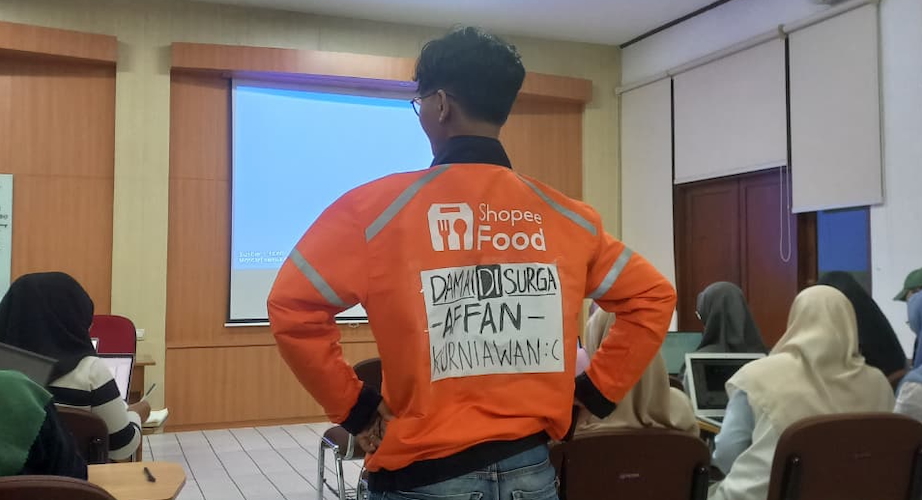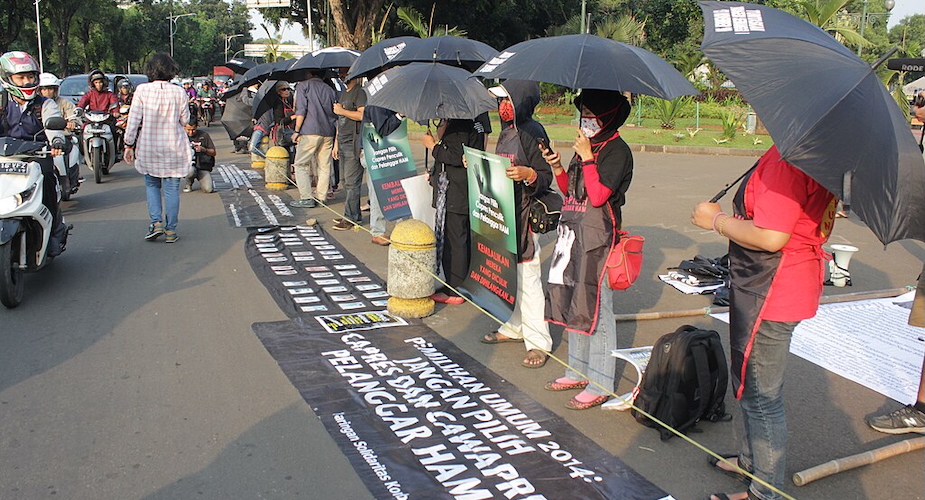Agus P Sari
Climate change happens due to the so-called 'greenhouse effect' (see picture). The greenhouse effect is a natural phenomenon necessary for life as we know it. If there were no greenhouse effect, the earth would be 32 degrees celsius colder than it is now, rendering it uninhabitable. Too much greenhouse effect, however, will lead to global warming and climate change, with disruptive effects on human well-being. The greenhouse effect occurs due to the presence of heat-trapping gases in the atmosphere. These gases - water vapour, carbon dioxide (CO2), methane (CH4), chlorofluorocarbons (CFC), nitrous oxide (N2O), and tropospheric ozone (O3) - act like a blanket that slows the loss of heat from the earth's atmosphere.
The concentrations of these gases in the atmosphere are steadily increasing. Carbon dioxide concentration in the atmosphere was about 350 parts per million (ppm, by volume) in 1990, already one-fourth higher than that in the preindustrial era (circa 1750 - 1850). The concentration of methane at 1.72 ppm in 1990 was more than twice that in the preindustrial era. CFCs are strictly of human origin.
Carbon dioxide has contributed approximately 60 percent of increased global mean air-surface temperature 'forcing' by greenhouse gases over the last 200 years, followed by methane at 20 percent, CFCs at 10 percent, and other gases at 10 percent. Based on a modeling exercise, **IPCC expects that a doubling of greenhouse gas concentrations will increase the global mean temperature by 1.5 to 4.5 degrees Celsius. Thus, IPCC suggests cutting current emissions levels by 60 to 80 percent just to stabilise current atmospheric concentrations.
Carbon dioxide, the most prominent anthropogenic gas, arises primarily from the combustion of fossil fuels and from the burning and clearing of forested land for agricultural purposes. Worldwide consumption of fossil fuels in the period of 1860 to 1949 is estimated to have released 187 billion metric tons of carbon dioxide. Between 1950 and 1990, fossil fuel use had accelerated and carbon dioxide emissions are estimated at an additional 559 billion metric tons.
Agus P Sari (apsari@pelangi.or.id) is executive director of Pelangi, a Jakarta-based environmental think tank. He has followed the climate change negotiations since their inception and has been part of the Indonesian official delegation the last three years.











